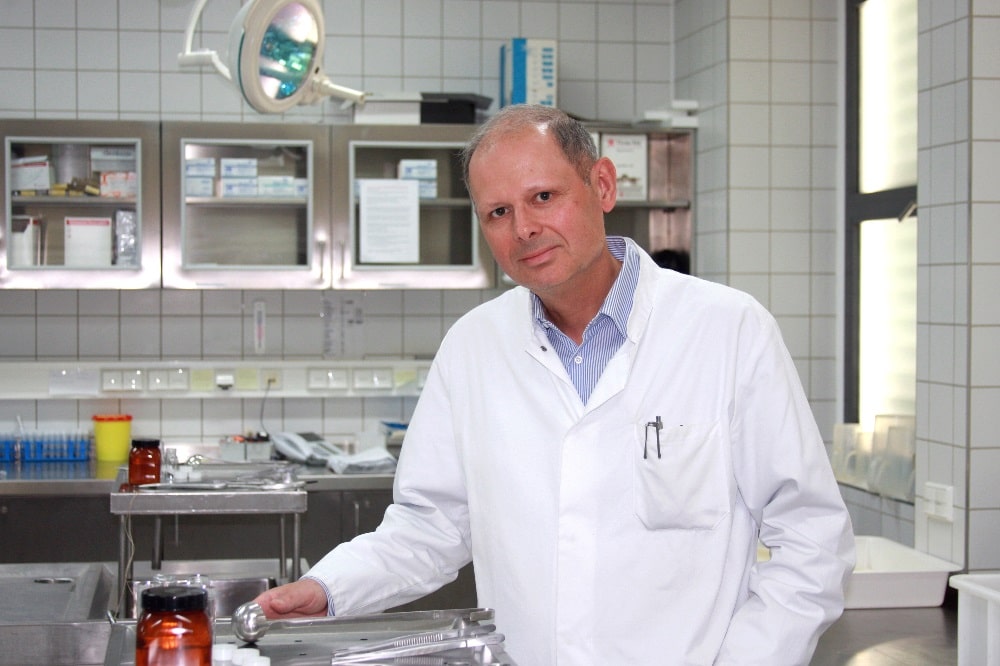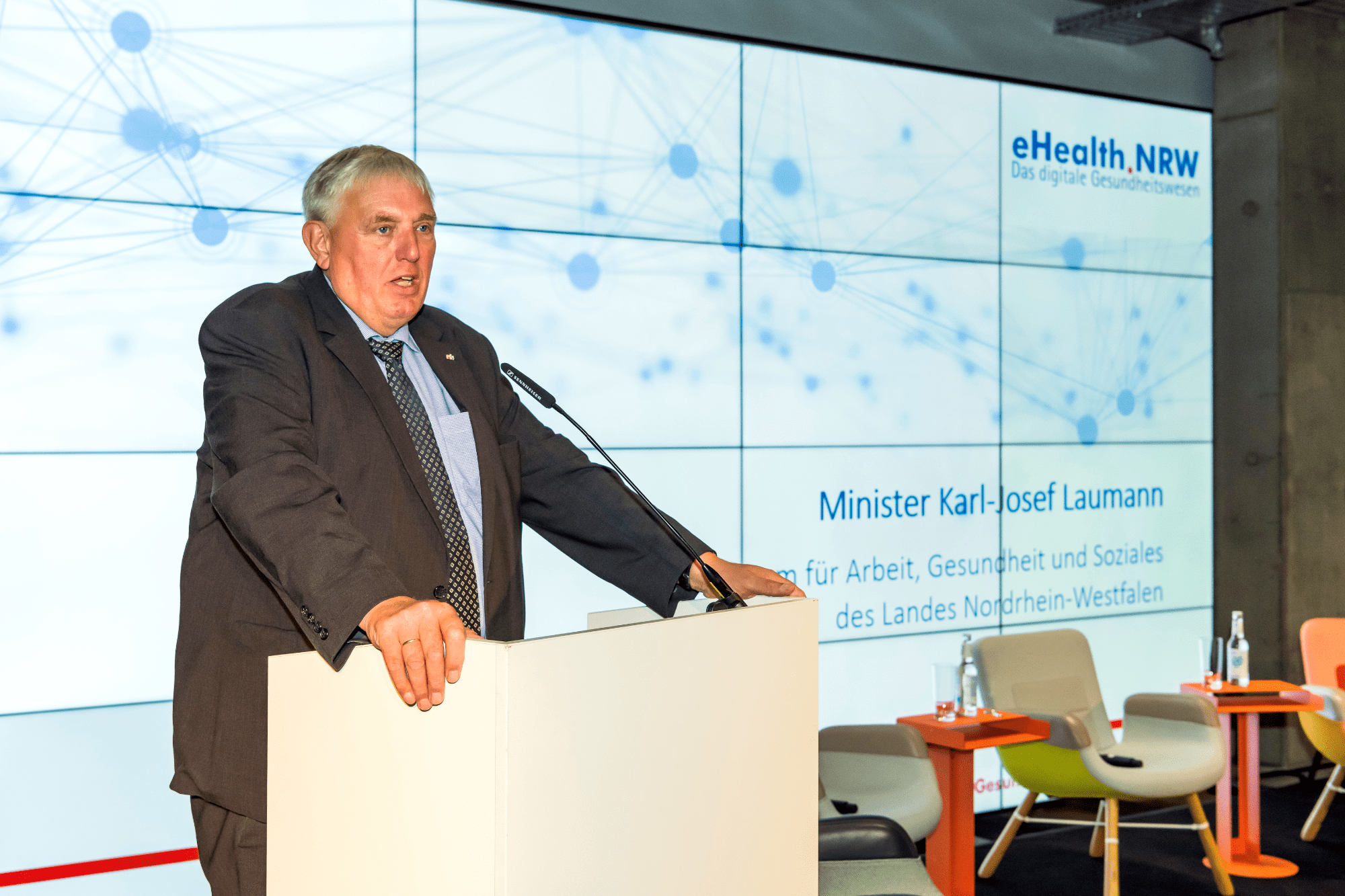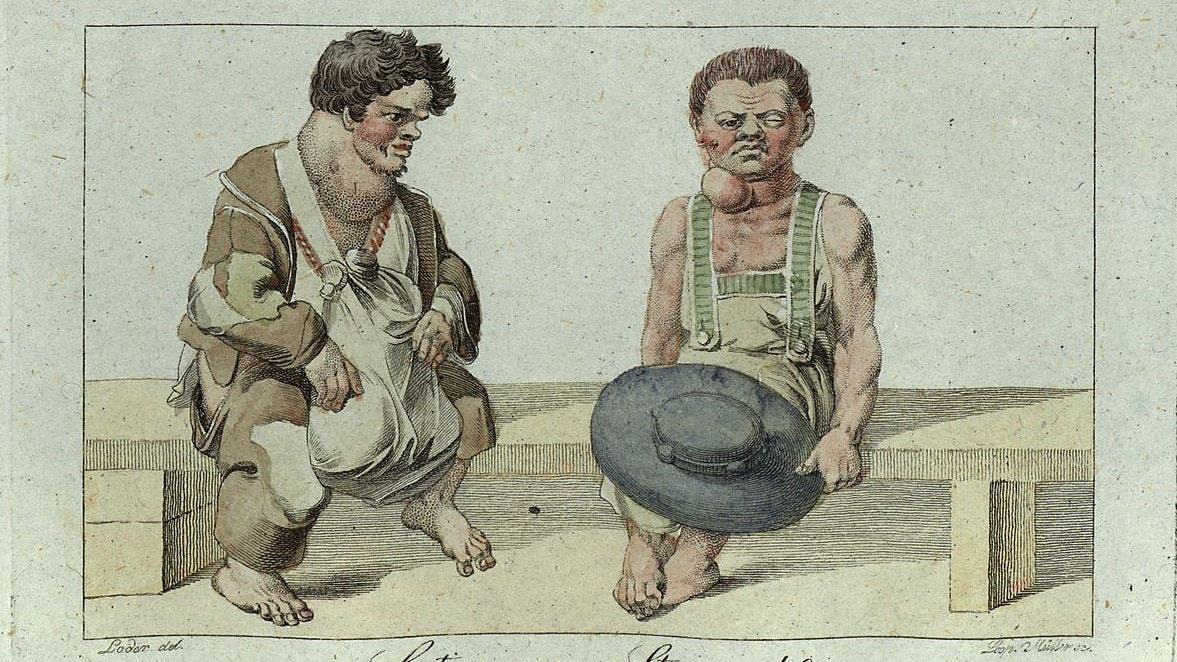LEIPZIGER ZEITUNG/Excerpt Issue 79, on sale since May 29Whether it’s Quincy, Bones, or Professor Boerne: forensic medicine is an integral part of the media world. There has been a corresponding institute in Leipzig for 120 years, which once had to be talked out of the Ministry of Culture. Since 1961 at the latest, the institute has been one of the best in Germany. Institute director Prof. Jan Dreßler talks about his media counterparts, the daily work with corpses and dealing with the cruelty at work.
The university is celebrating 120 years of the Institute of Forensic Medicine. Professor Dreßler, can you take us on a short journey through the history of the institute?
At the beginning of the last century, Professor Kockel succeeded in convincing the Saxon Ministry of Culture in the then Kingdom of Saxony of the need for an independent Institute of Forensic Medicine in Saxony. That was on May 5, 1900, which is why we consider this day to be the institute’s birthday. The Pathological Institute, on Liebigstrasse at the corner of Johannisallee, already existed at that time.
The ministry then approved the construction of an extension to the building. It was not completed until 1928. Saxony and the University of Leipzig wanted to establish their own Institute of Forensic Medicine as a link to the justice system to solve unexplained deaths and investigate unnatural deaths, i.e. homicides. This was important to Professor Kockel.
The institute was badly damaged in World War II. Its work was continued by Professor Gottfried Raestrup. After the war, Professor Otto Prokop from Berlin took over as acting director, and in 1961 Professor Wolfgang Dürwald took over and led it to a high reputation during his almost 30 years in office.
How do you assess the Germany-wide relevance of the institute then and now?
In the former GDR there were two large locations for forensic medicine: Berlin with the Charité at the Humboldt University and Leipzig with our institute. After the fall of the Berlin Wall, there was an interim period with provisional appointments to the chair. Professor Kleemann from Hanover was then appointed to the chair in 2000. After his early death, I was called to the University of Leipzig from Dresden in 2009.
The institute is still one of the largest and most modern institutes in the Federal Republic of Germany. It was completely renovated in 2015, so that we now have modern facilities with very good technical equipment, including a computer tomograph for radiological examination of the deceased before the autopsy. In our forensic toxicology department, almost all poisonous substances, medicines and drugs can be examined on living and dead people.
We also have a powerful molecular genetics department. Paternity investigations are carried out there and mainly DNA trace material is examined, for example after securing evidence at a crime scene or in the event of physical assault.

What is your hobbyhorse?
As a doctor, I have spent decades determining the age of injuries. When someone has a skin wound, it is important to determine when the perpetrator caused it. The injured person may not be able to provide precise information or may have died.
I now focus more on the pathological changes that occur after brain injuries. When someone is hit on the head, various proteins are released in the brain. Our working group has been studying the chronology of their expression over the last few years.
How long does such an analysis take?
We examine the tissue under a microscope and analyse the serum and cerebrospinal fluid of the deceased victim. It then takes a few days until the results can be assessed in summary.
How big is the institute and how does the cooperation with the police work?
In addition to the city of Leipzig, our institute’s catchment area includes the regions of North Saxony, Döbeln, Freiberg, Chemnitz, Zwickau and Plauen. These are the police departments of Leipzig, Chemnitz and Zwickau. Saxony has four million inhabitants; our catchment area has around 2.5 million inhabitants. The other 1.5 million are cared for by the Institute of Forensic Medicine at the TU Dresden.
The Institute of Legal Medicine at the University of Leipzig, with its morgue in Chemnitz, has 32 employees, including doctors, scientists, medical-technical assistants, preparators, secretaries and a photographer. We also have a 24-hour on-call service. The doctor on duty is called by the police several times a day.
What does the daily work of a medical professional at your institute look like?
Regular service begins at 8 a.m. with a morning conference at which the cases from the night are presented. Then work begins in the autopsy room. This is followed by a whole series of additional examinations. After the additional examinations, the public prosecutor receives the final autopsy report.
But that is only part of our work. We also have premises where the police bring victims, or we examine victims in clinics. Women can contact us if they have been raped, for example, and in cases of suspected child abuse, we carry out all the necessary examinations and documentation of injury findings with clinical colleagues. In addition, we do extensive teaching for medical and law students and police officers.
Research is also being carried out in forensic medicine. What are your employees working on at the moment?
In addition to the aforementioned forensic neuropathology, another working group led by Mr. M. Schwarz is looking into the possibilities of entomology. We have succeeded in detecting toxic organisms in insects that colonize deceased people after they have been lying outdoors for a long time. The insects’ generational changes can of course also be used to narrow down the length of time a corpse has been lying outdoors.
We also started using hyperspectral analysis this year by purchasing a special camera. The analysis of the light waves from the hyperspectral camera is a new optical process that we want to integrate into the tasks and questions of forensic medicine.
By evaluating the light waves that hit the human body, secretions can be quickly identified at the site of the autopsy, such as blood or sperm. This method can also be used to detect gunpowder on the hand that fired the gun. We are excited to see whether the method is reliable and will become routine.
Do you always try to stay a little bit ahead of potential murderers through scientific research?
That seems to be the case. But the way homicides are committed is similar. It has been the case since time immemorial that someone has been beaten or stabbed to death. There are very few cases that remain unsolved.
Forensic pathologists play a role in many fictional media. Do you think the profession is always well portrayed?
The medium of film, radio play or literature prepares content using artistic means. I think it is generally good for our field that we have such a media presence. There is hardly a “Tatort” where the bizarre forensic pathologist does not play a role. That is certainly a bit exaggerated when I think of Jan-Josef Liefers as Professor Boerne from Münster, for example. Because of our media presence, we also receive repeated inquiries from students who want to do an internship or training in forensic medicine. I also like watching a crime thriller now and again.
You deal with murder and manslaughter on a daily basis. How do you keep that at bay?
Outsiders always find this a bit stressful, but it does matter whether they knew the deceased beforehand. My colleagues and I did not treat him beforehand like clinical doctors. So over time you develop a more analytical and diagnostic approach to cases and try not to let fate get to you. A good working environment also plays an important role. We are a great team and with pleasant hobbies you can deal with it well.
Professor Dreßler, is there anything else on your mind?
Yes. We have an outpatient clinic for victims of violence at the institute. In principle, it is possible for women who have been victims of domestic violence to come to us without having to report their partner straight away. We have been fighting for years to finance this outpatient clinic for victims of violence. The corona crisis may have increased domestic violence. The funding of the outpatient clinic for victims of violence should be important to decision-makers in the Free State of Saxony.
The new Leipzig newspaper No. 79: About greed, excess, love and homeschooling in Corona times
The new Leipzig newspaper No. 79: About greed, excess, love and homeschooling in Corona times
Note from the editors on their own behalf
Of course, L-IZ.de and the LEIPZIGER ZEITUNG will not be left untouched by the upcoming developments in the coming days and weeks. Losses due to illness, advertisers who no longer place ads, general uncertainty and even tax burdens due to declining revenues are also to be feared for our newspapers L-IZ.de and LZ.
But there’s no need to give up or worry 😉 Of course, we will continue to report for you. And we opened our entire archive to all readers a few days ago – so even non-subscribers can currently discover all of the LEIPZIGER ZEITUNG articles from the last few years on L-IZ.de, with no paywall.
Support local/regional journalism and, of course, our ongoing work on site in Leipzig. By taking out a free buyer subscription (go to the subscriber page), you ensure daily, freely available access to important information in Leipzig and our work for you.
Thank you for that.





